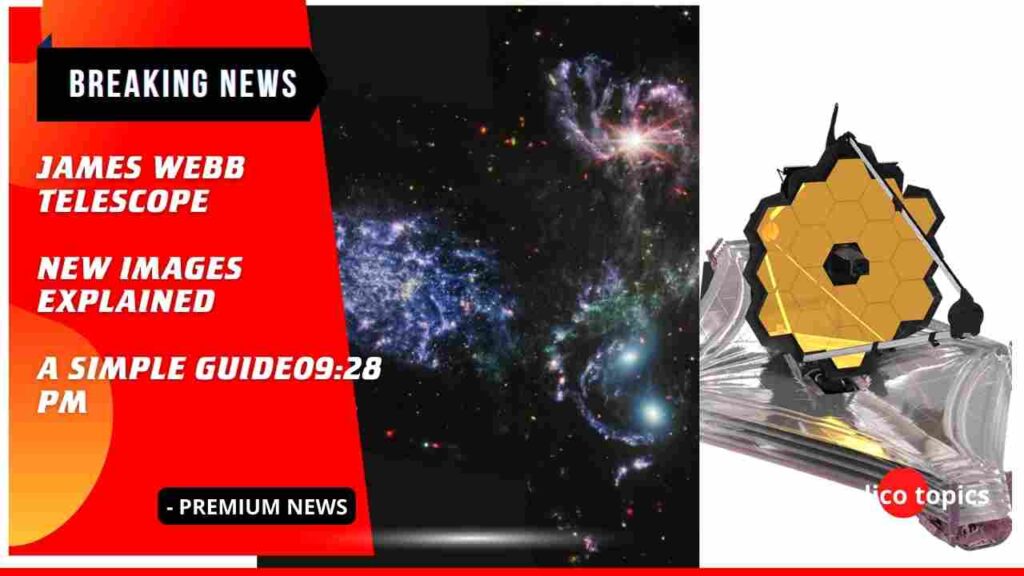
The James Webb Space Telescope of NASA has created the most detailed and precise infrared image of the far reaches of the cosmos to date. Let’s see the new images of the Webb Telescope and a simple guide to learning it.
The James Webb Space Telescope (JWST) is a telescope that was built primarily for infrared astronomy.
Its enhanced infrared resolution and sensitivity will enable it to view objects that are too old, far away, or faint for the Hubble Space Telescope because it is the most powerful telescope ever sent into space.
This is believed to open up a wide variety of astronomical and cosmological inquiries, including the observation of the earliest stars and the development of the first galaxies, as well as the comprehensive atmospheric characterization of exoplanets that may support life.
Goosebumps develop for the Webb’s first images of the cosmos

The Carina Nebula, one of the biggest and brightest nebulae in the sky, is shown in this undated image from NASA, ESA, N. Smith, and The Hubble Heritage Team. It is situated around 7,600 light-years away. NASA has selected five brand-new pictures of cosmic landscapes that it thinks would astound the general audience.
(through The New York Times, NASA, ESA, N. Smith, and The Hubble Heritage Team).
The first images and data from the new James Webb Space Telescope will be unveiled by NASA on Tuesday morning. That will put an end to the planning, construction, testing, and innovation that took about 30 years and $10 billion, followed by six months of horror, suspense, and anticipation.
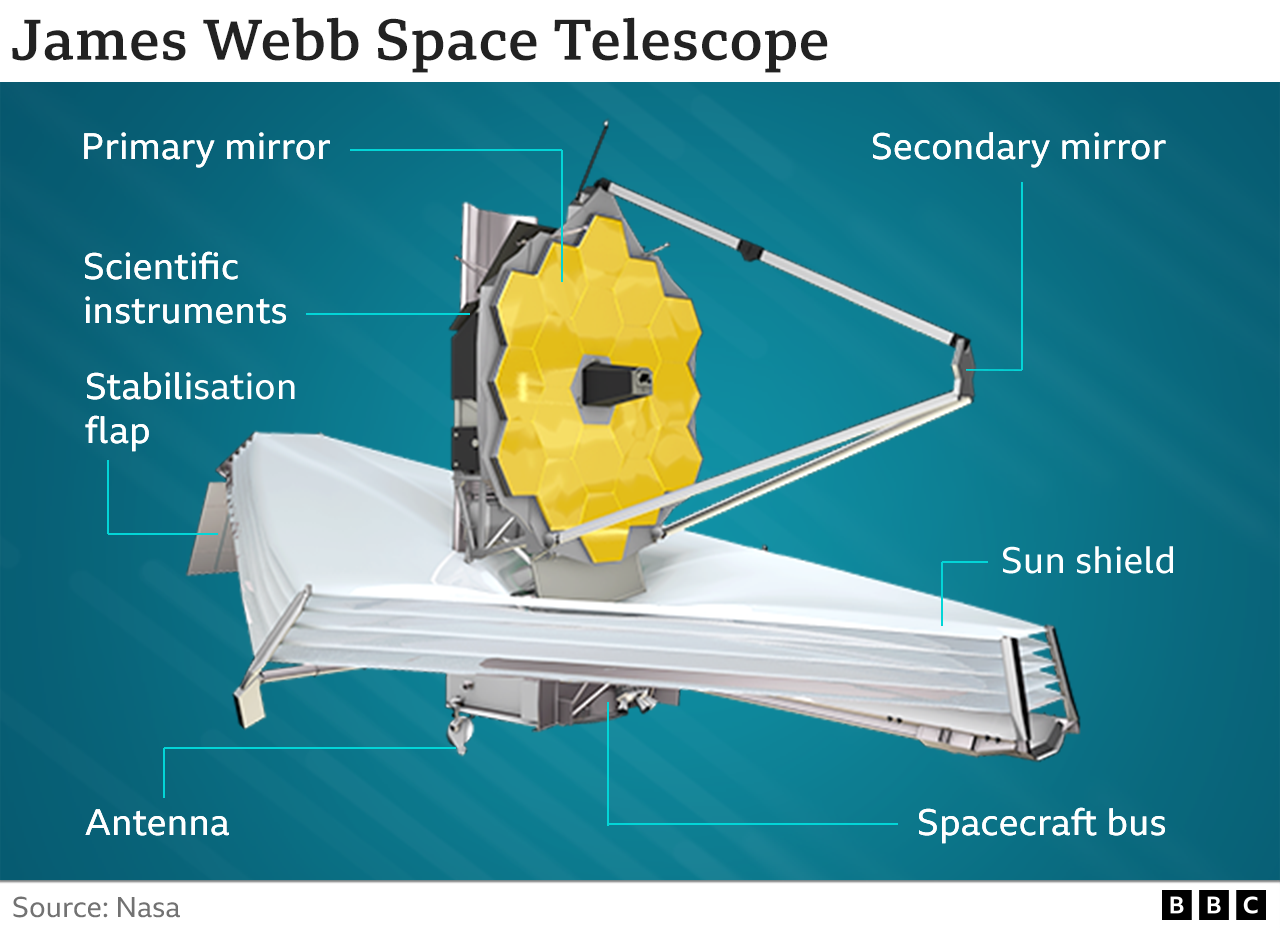
The US, European, and Canadian space agencies are working together to build the new observatory, with Nasa taking the initiative.
Webb has a particular tuning that allows viewing the sky in infrared, which is light with longer wavelengths than our eyes can detect.
It will be able to see farther into the Universe than its predecessor and, as a result, discover events that happened more than 13.5 billion years ago.
In the hopes of finding indications of life, astronomers will also employ its more sophisticated capabilities to examine the atmospheres of planets in our Milky Way Galaxy.
According to Prof. Gillian Wright, a British scientist who is co-principal investigator on one of Webb’s four infrared instruments, the initial set of photographs was only a preview of what would come.
“Whenever you take a fresh look at the sky, you discover something you didn’t anticipate.
BBC News: “The fact that these new data are so good, that they’re of such good quality, and that they’ve been gathered in only a few hours of observations is telling you that the discoveries are simply sitting out there waiting to be made.”

In this photograph obtained on January 8, 2022, engineers at the Space Telescope Science Institute in Baltimore’s James Webb Space Telescope Mission Operations Center track developments as the observatory’s second primary mirror wing rotate into place.
(Photo credit: Bill Ingalls/NASA)
James Webb Telescope New Images explained
WASP-96 b (spectrum data)

- NASA used the James Webb Space Telescope to gather spectrum data on some of the most elusive objects ever seen. One such target is WASP-96b, a large planet roughly 1,150 light-years from Earth.
- The gas giant, found in 2014, orbits its star every three to four days and has a mass half that of Jupiter. As a result, its surface is extremely heated.
- WASP-96b is virtually cloud-free, and researchers anticipate that it is rich in sodium.
The first web image from NASA.
SMACS 0723
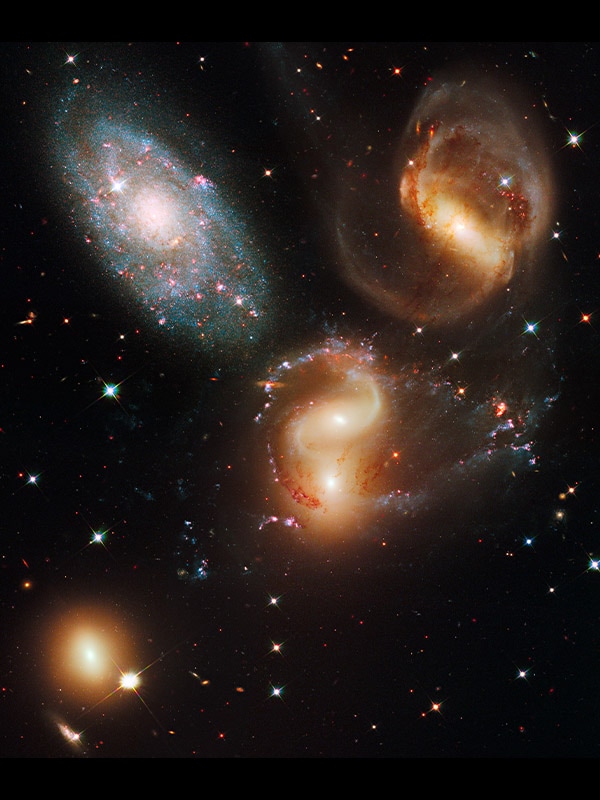
- The first Webb image was released by NASA’s Goddard Space Center and is the same deep field image of SMACS 0723 that was released previously.
- The image shows certain cosmic objects as they appeared 13.1 billion years ago. The image was produced by Webb in four days as opposed to Hubble’s ten days for a lower-resolution image.
- We can now clearly see tiny, faint objects, like star clusters and hazy patterns, that have never been seen previously thanks to the telescope’s NIRCam.
- We are peering back in time to within a billion years of the big bang while looking at the image’s youngest galaxies.
- The obvious arcs in the field are another distinctive quality. The gravitational lensing effect is caused by the strong gravitational fields of galaxy clusters, which bend light rays from distant galaxies behind them.
Because they are brighter at shorter wavelengths, stars have been observed with pronounced diffraction spikes.
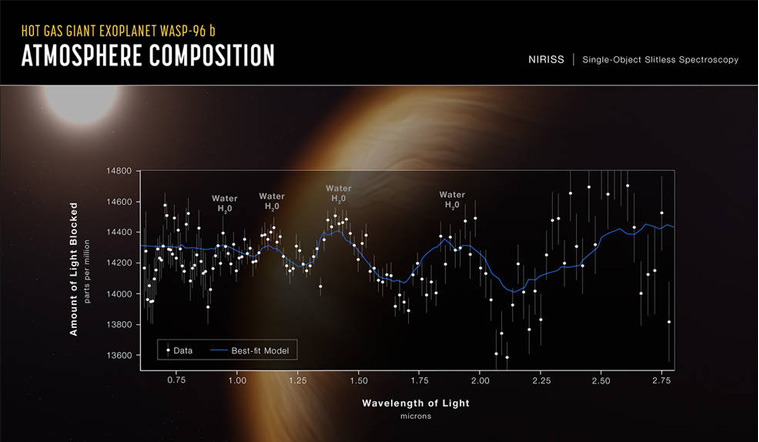
- The second image shows the spectrum of the almost 1,150 light-years-away gas giant planet WASP-96b.
- The first exoplanet spectrum captured by Webb is this one. It makes wavelengths visible that have never before been seen.
- The spectrum exposes recognizable signs of the planet’s water vapor. Mercury is located closer to our sun than the planet is to its star. This exoplanet’s atmosphere has been observed in its most precise near-infrared transmission spectrum to date.
- Additionally, it covers an extraordinarily broad spectrum of wavelengths, including visible red light and a region of the spectrum that was previously inaccessible by other telescopes.
Third image from NASA: Final performance of a dying star
The Southern Ring
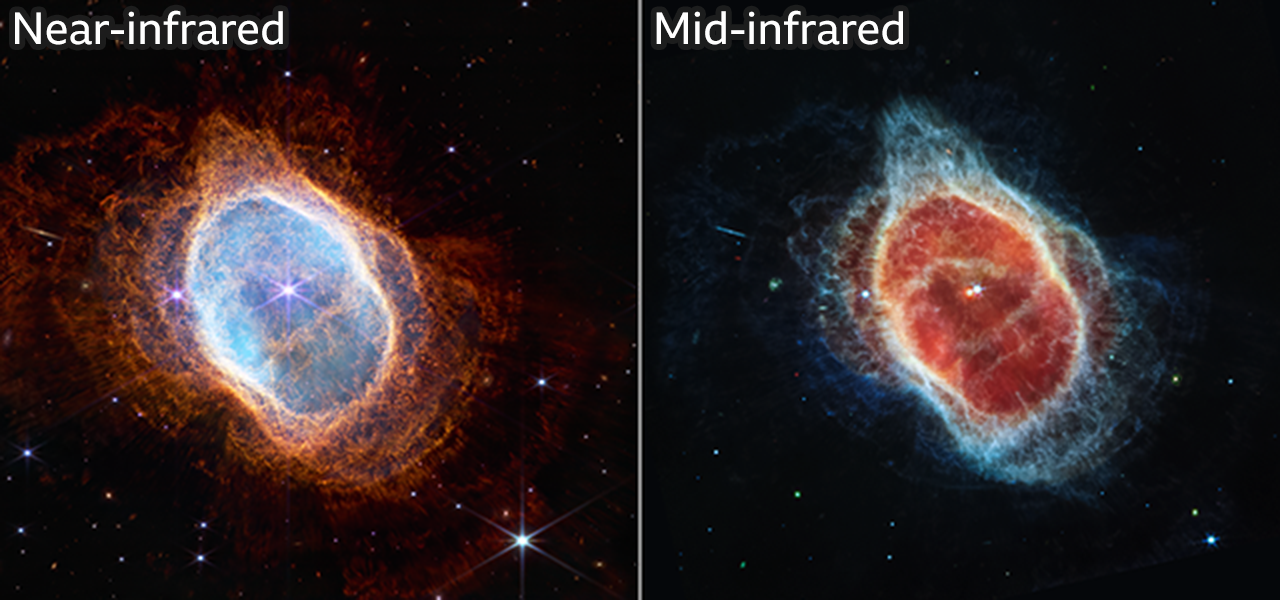
- Versions like this can be found in coffee table books with spectacular Hubble pictures.
The Southern Ring, also known as the “Eight-Burst” nebula, is a massive expanding orb of gas and dust with a fading star at its center. - Stars change how they produce energy as they get older and eject their outer layers.
The material that the star had previously rejected is then given energy when it becomes extremely hot once more. - About 2,000 light-years from Earth, the Southern Ring has a diameter of almost half a light-year.
Although it is regarded as a “planetary nebula,” this type of structure has nothing to do with planets. - It is a misnomer that dates back to the early days of telescopes when they lacked the resolution they do now. The goal of Webb is to observe both the birth and the death of stars.

- The fourth photo, which is Webb’s largest to date, is a sizable mosaic of Stephan’s Quintet.
- It is made up of 1,000 different image files and has a coverage area of over 150 million pixels.
- The striking impact of enormous shock waves as one of the galaxies slams into the cluster is depicted in the image. Additionally, it reveals a black hole in the Quintet in previously unseen detail.
- Only four of the quintet’s galaxies are truly near one another and engaged in a “cosmic dance,” despite the name. Comparatively speaking to the other four, the galaxy on the left is clearly in the foreground.
- The distance between it and the earth is around 40 million light-years, whereas it is 290 million light-years for the other four. In terms of the cosmos, even that distance is rather close.
- These “nearby” galaxies are studied to assist researchers in better grasping the dynamics of a more distant universe.
- Such densely clustered groupings may have been more prevalent in the early stages of the cosmos, when their superheated matter may have powered quasars, which are extremely active black holes.
- The uppermost galaxy, where the quintet is currently visible, is home to an active supermassive black hole with a mass 24 million times that of the Sun.
Fifth image from NASA: Cosmic cliffs and the blistering birthplace of stars
Carina Nebula

The edge of the Carina Nebula’s NGC 3324, a young, starforming region, is seen by NASA’s new James Webb Space Telescope in infrared light. (Image credit: STScI, CSA, NASA, ESA).
- Although Carina Nebula was a well-known target of the Hubble telescope, Webb’s predecessor, we get a drastically different portrayal in this Webb rendition.
- The Carina Nebula, which is around 7,600 light-years away from Earth, is one of the biggest and brightest in the universe.
Stellar nurseries are nebulae. They are enormous gas and dust clouds where new stars are born. - Aside from the stars, we also notice the gas and dust in this Webb image. Here, astronomers use the terms “cosmic reef” or “cosmic cliff” to describe a vast boundary between gas in the upper half and dust in the bottom half.
- The study of how stars form is one of Webb’s main scientific objectives, and Carina is a great place to achieve that.
NASA tweeted,
NASA compares the Webb and Hubble space telescopes.
The first photographs from the James Webb Space Telescope, which was unveiled on Tuesday, were compared to those from its predecessor, the Hubble Space Telescope, by NASA.
The space agency shared pictures of the cluster of five galaxies known as Stephan’s Quintet—four of which interact—in a tweet.
The first round of pictures from the potent James Webb Space Telescope has been released by NASA. The targets depicted in the photos are the Stephan’s Quintet, Southern Ring Nebula, WASP-96 b (spectrum), and Carina Nebula. A 6.5-meter-long mirror on the telescope collects light from the things it is aiming at.
KEEP READING,
Is snapchat down today? When will the problem be sorted out? Explained
Why did Yellowstone actress Q’orianka Kilcher charge $97k? Explained
Follow us on Twitter to get instant notification on the latest news.
Lavanya (Senior Editor) is a full-time content writer with almost 5 years of experience and a part-time teacher. She joined Medico Topics on the Breaking News trainee scheme in 2022 and now works on MedicoTopics.com. As a lifelong learner, She is constantly curious about learning new things and passionate about sharing knowledge with people through her writing and teaching.

3 thoughts on “James Webb Telescope New Images Explained – A Simple Guide”